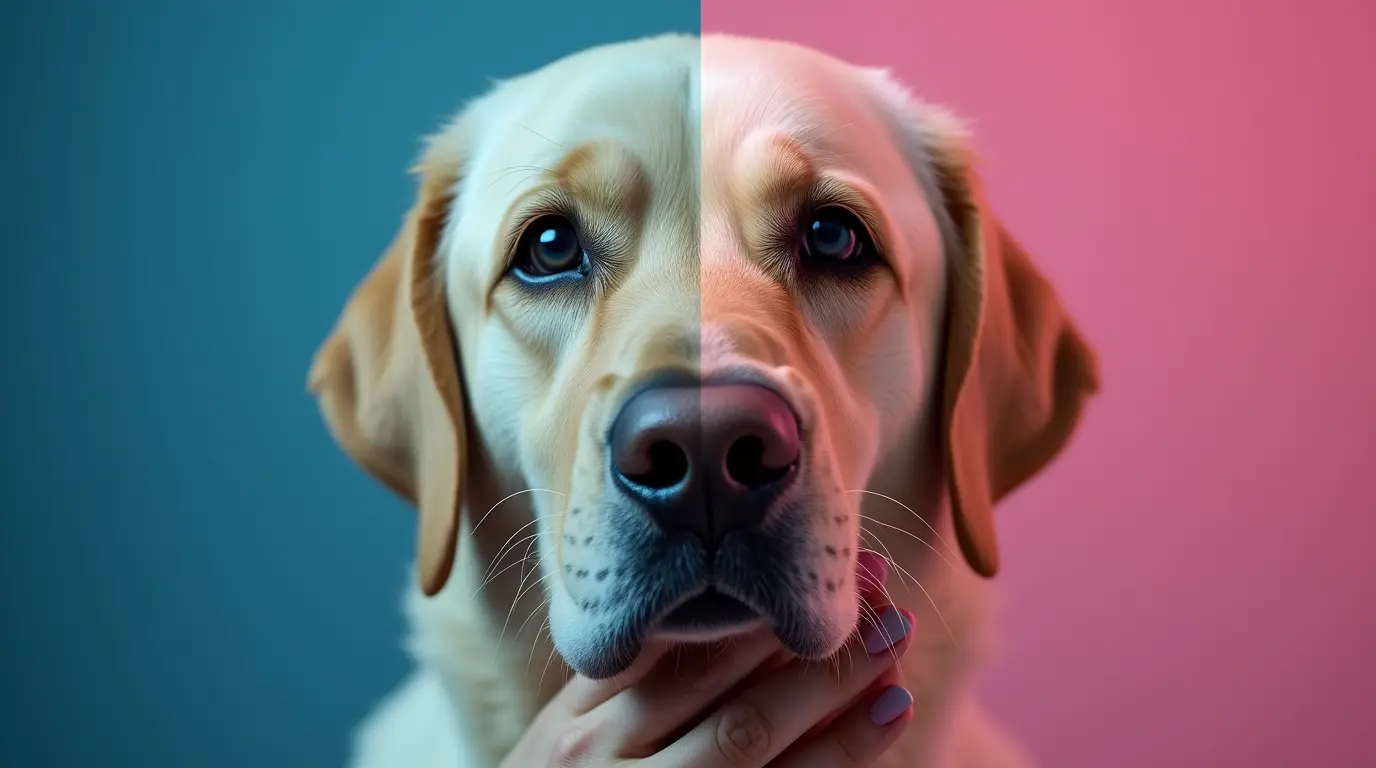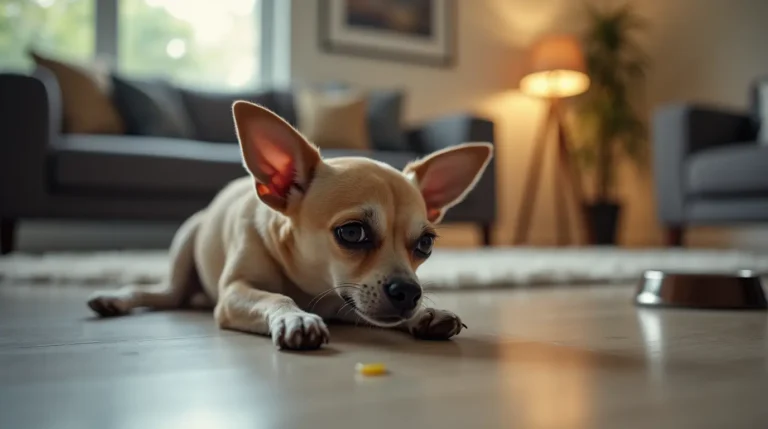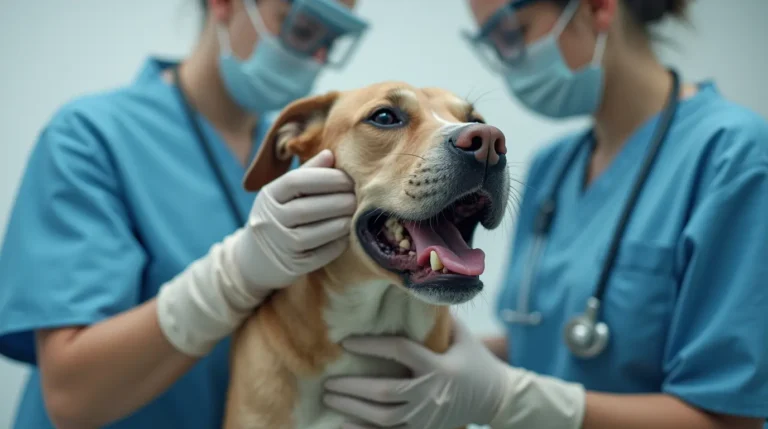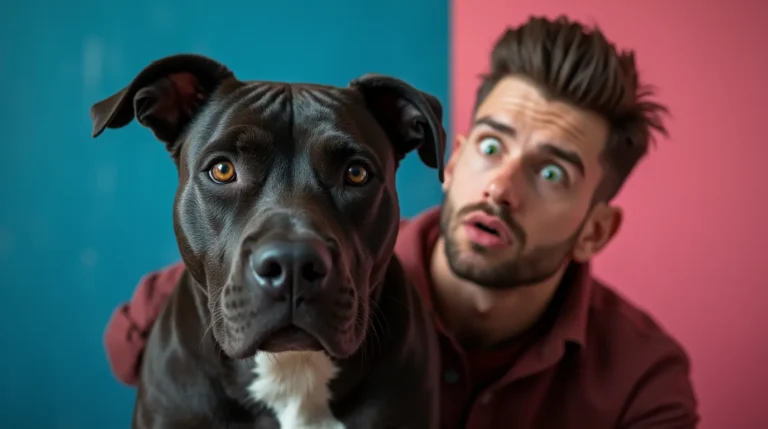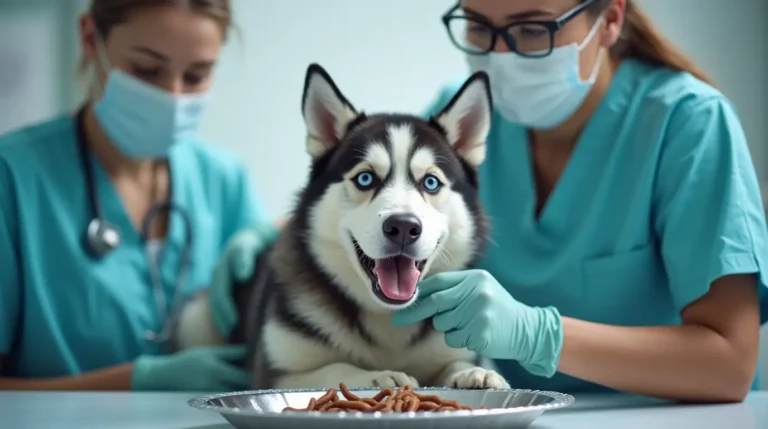Protect your furry friend from deadly parvovirus in dogs . Learn the 5 critical early symptoms, prevention strategies, and life-saving tips for dog owners.
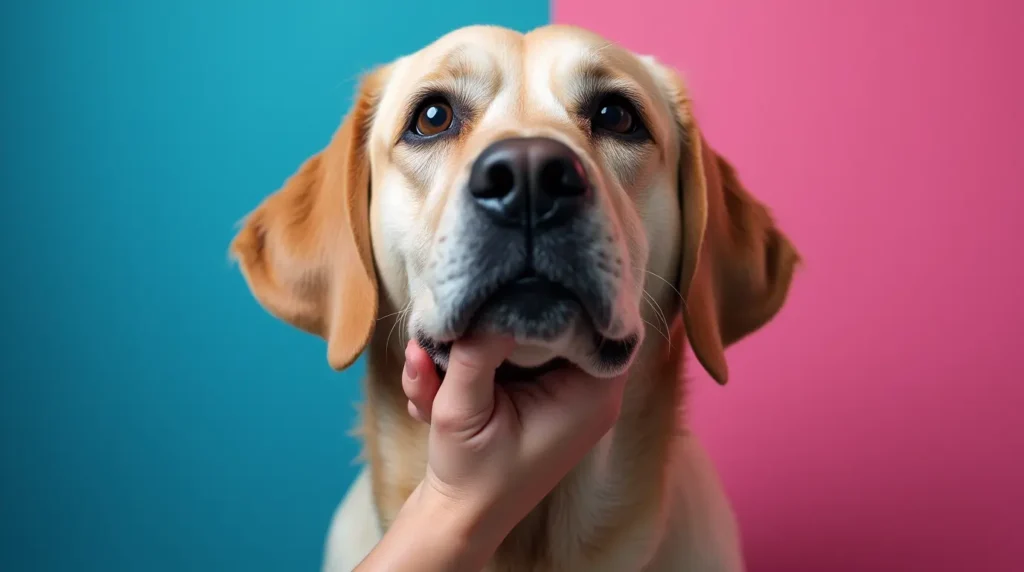
Table of Contents
Parvovirus is one of the most devastating and potentially fatal diseases that can affect dogs, particularly puppies and unvaccinated animals. As a responsible pet owner, understanding the early signs, transmission, and prevention of this aggressive viral infection could mean the difference between life and death for your beloved companion.
Canine parvovirus (CPV) is a highly contagious viral illness that attacks the gastrointestinal tract, causing severe and potentially fatal complications. First identified in the late 1970s, this virus has since become a significant concern for veterinarians and dog owners worldwide. With a mortality rate that can reach up to 91% if left untreated, recognizing the early symptoms of parvovirus in dogs is crucial for timely intervention and successful treatment.
What is Parvovirus?
Parvovirus is a robust and resilient virus that can survive in the environment for months, making it extremely challenging to eliminate. The virus primarily affects:
- Unvaccinated puppies
- Dogs with weakened immune systems
- Unvaccinated adult dogs
Transmission Pathways
The virus spreads through:
- Direct contact with infected dogs
- Contact with contaminated feces
- Exposure to contaminated environments
- Sharing of food and water bowls
- Contact with infected clothing or shoes
5 Critical Early Symptoms of Parvovirus in Dogs
1. Severe Lethargy and Weakness
One of the first and most noticeable signs of parvovirus is dramatic energy loss. Your once-playful puppy might:
- Become unusually quiet
- Refuse to play
- Show significant decrease in activity levels
- Appear weak and uninterested in normal activities
2. Persistent Vomiting
Vomiting is a hallmark symptom of parvovirus. Characteristics include:
- Frequent, violent vomiting
- Presence of blood in vomit
- Inability to keep any food or water down
- Rapid dehydration
3. Severe Diarrhea
Diarrhea in parvovirus cases is typically:
- Extremely watery
- Often contains blood
- Foul-smelling
- Potentially leading to rapid dehydration
4. Loss of Appetite
Dogs with parvovirus will demonstrate:
- Complete refusal to eat
- Disinterest in treats or favorite foods
- Potential weight loss within days
- Decreased water intake
5. Fever and Hypothermia
Temperature changes can manifest as:
- Initial high fever
- Rapid progression to low body temperature
- Potential drop in body temperature below normal range
- Signs of shock or circulatory collapse
Diagnostic Process
Veterinary Examination
Diagnosis typically involves:
- Physical examination
- Fecal ELISA test
- Blood work
- Potential additional testing
Treatment Protocols
Immediate Veterinary Intervention
- Intensive hospitalization
- Intravenous fluid therapy
- Antibiotics to prevent secondary infections
- Anti-nausea medications
- Potential blood transfusions
Prevention Strategies
Vaccination
- Complete puppy vaccination series
- Regular booster shots
- Vaccination between 6-16 weeks of age
Environmental Management
- Disinfect areas with bleach solution
- Isolate infected dogs
- Practice strict hygiene
- Avoid high-risk areas for unvaccinated dogs
Survival Rates and Prognosis
| Treatment Approach | Survival Rate |
| Immediate Veterinary Care | 68-92% |
| Delayed Treatment | 10-30% |
| No Treatment | <10% |
Frequently Asked Questions (FAQs)
Q1: Can humans contract parvovirus from dogs? No, canine parvovirus is species-specific and cannot infect humans.
Q2: How long does recovery take? Typically 7-10 days with proper veterinary care.
Q3: Are some dog breeds more susceptible? Certain breeds like Rottweilers, Doberman Pinschers, and German Shepherds might have higher risk.
Conclusion
Early detection and immediate veterinary intervention are paramount in managing parvovirus. By understanding the symptoms, prioritizing prevention, and acting swiftly, you can significantly improve your dog’s chances of survival.
Call to Action
Share your experiences blithePet with parvovirus or ask your veterinarian about prevention strategies today. Your quick action could save a life.
Disclaimer: This article is for informational purposes and should not replace professional veterinary advice.

